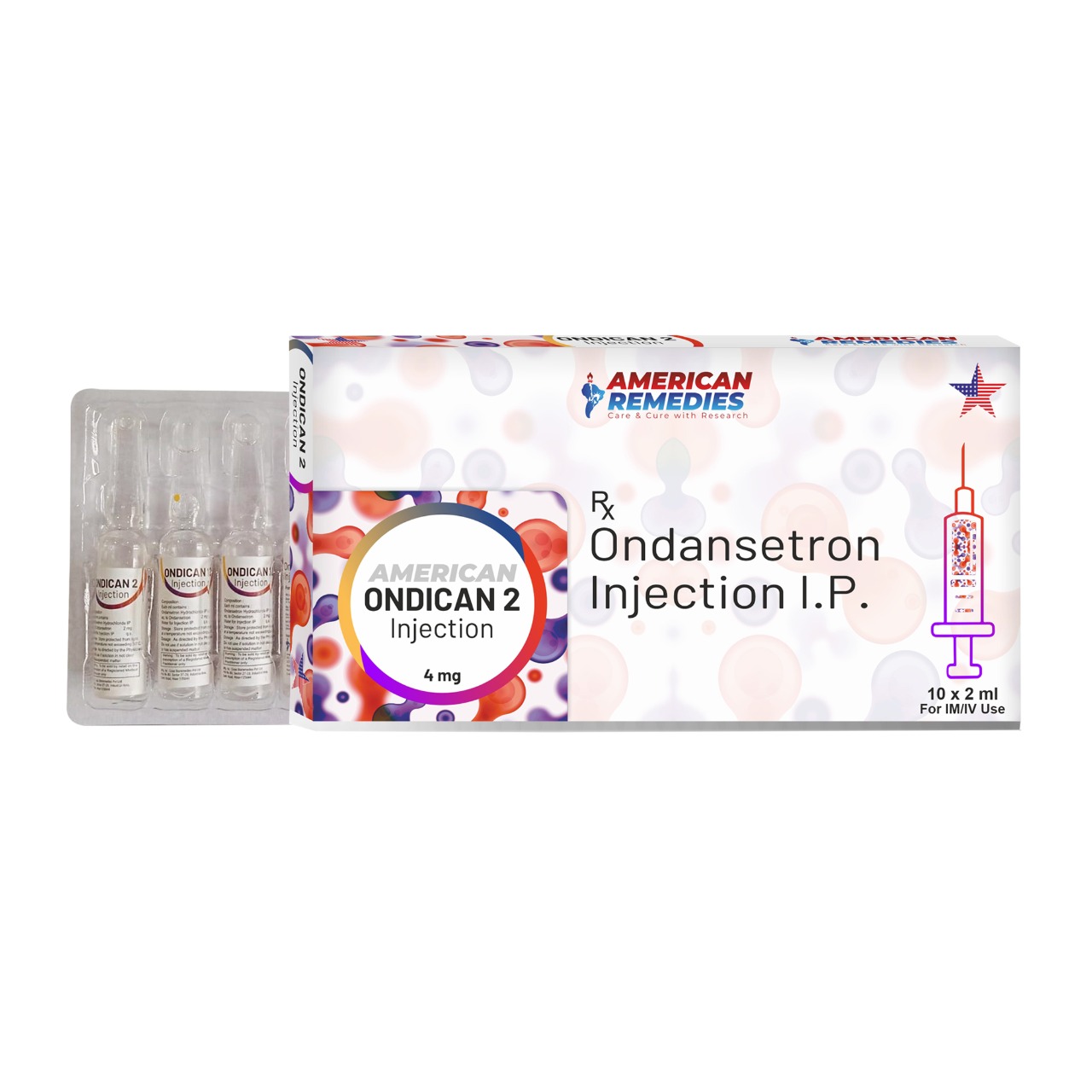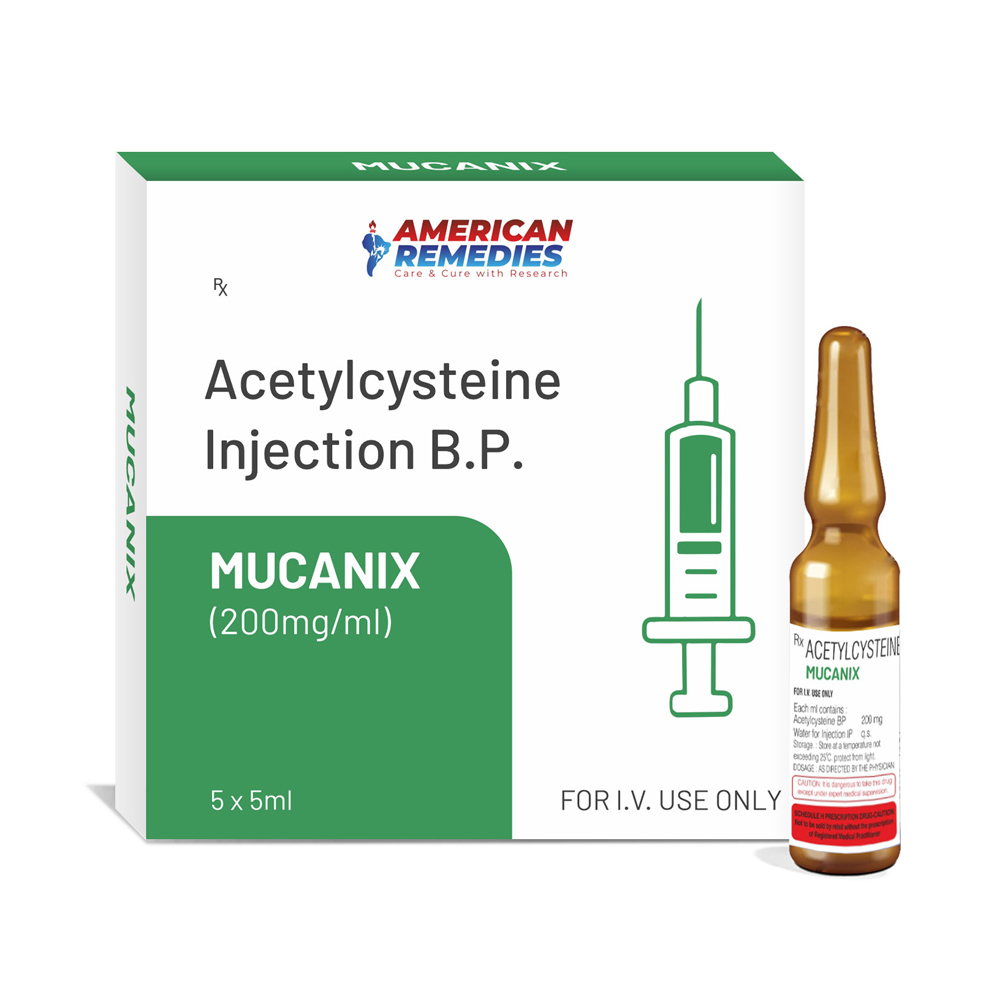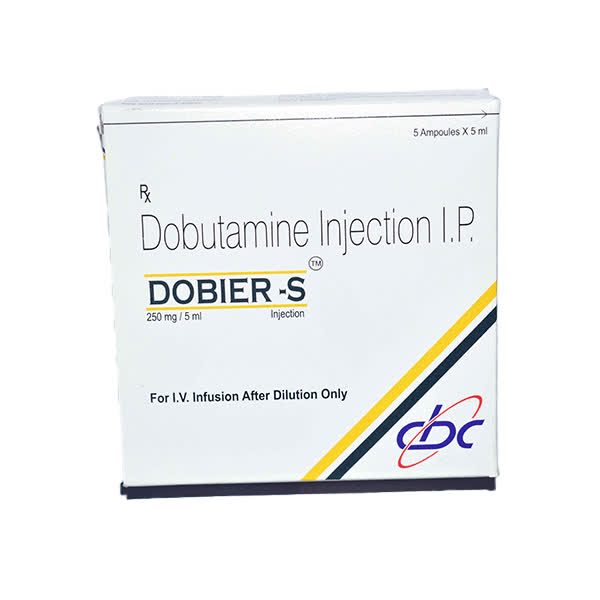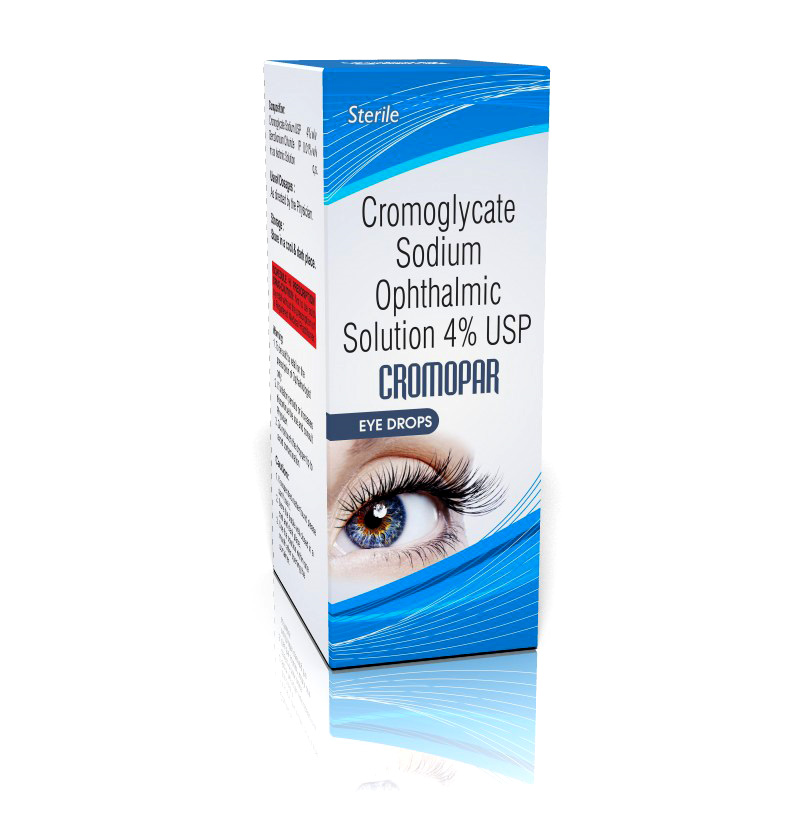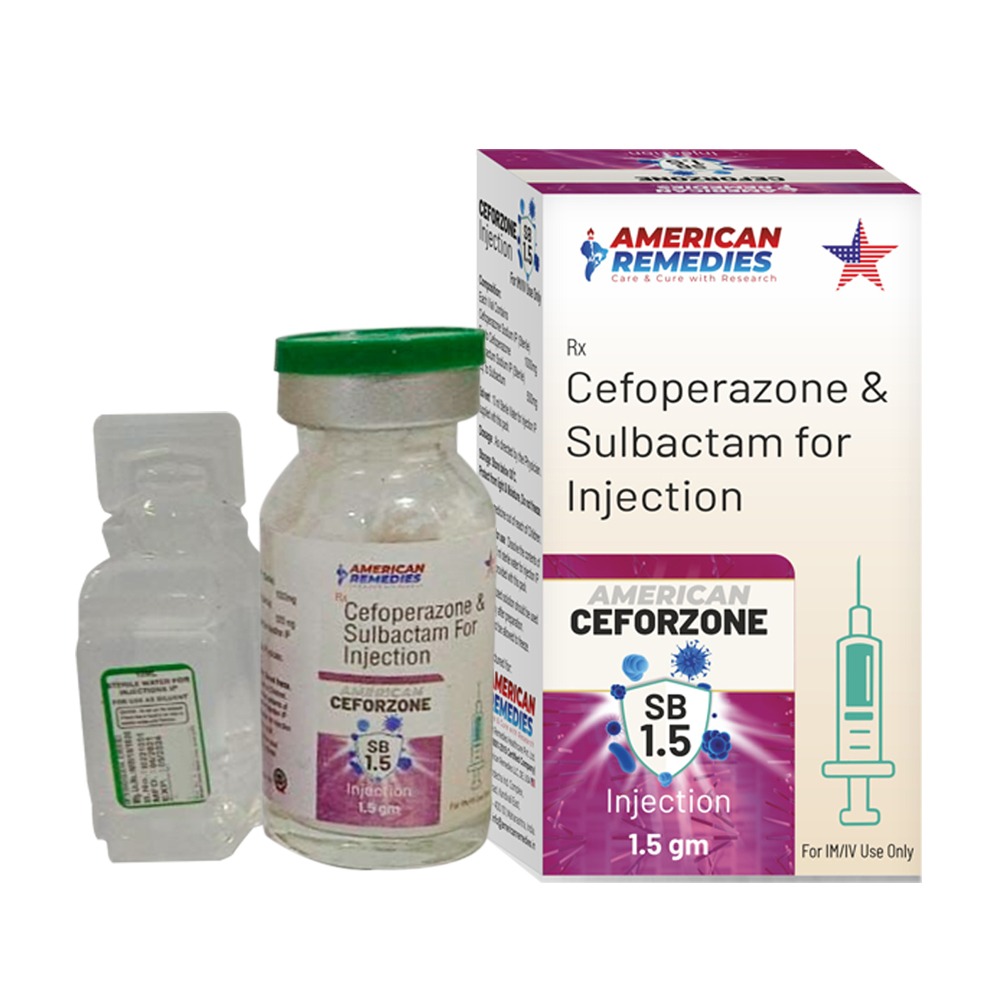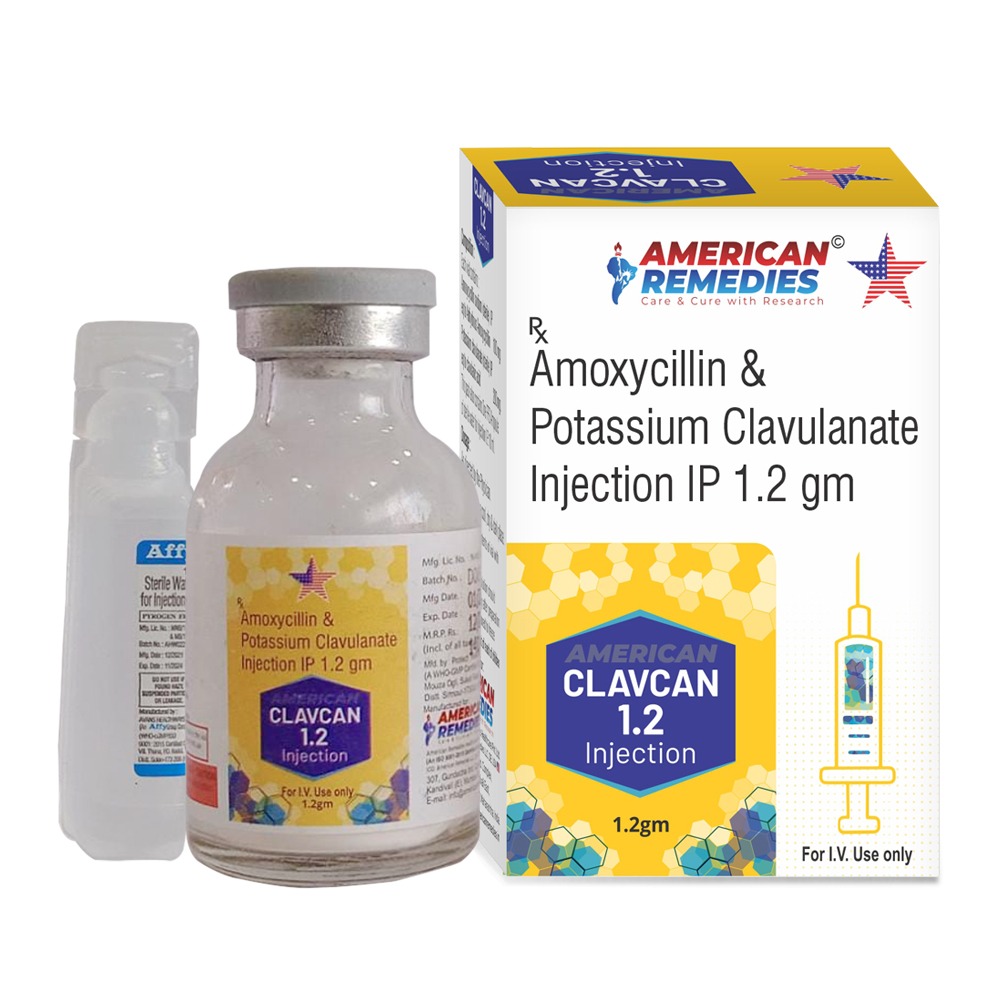Ondican 2 Injection is a brand of Ondansetron 2 mg/2 mL Injection, manufactured by American Remedies. Ondansetron is a 5-HT₃ receptor antagonist commonly used as an antiemetic to prevent and treat nausea and vomiting associated with various medical conditions. ________________________________________ ✅ Primary Uses Ondican 2 Injection is indicated for: • Chemotherapy-Induced Nausea and Vomiting (CINV): To prevent and treat nausea and vomiting caused by cancer chemotherapy. Radiotherapy-Induced Nausea and Vomiting (RINV): To prevent and treat nausea and vomiting associated with radiation therapy. Postoperative Nausea and Vomiting (PONV): To prevent and treat nausea and vomiting following surgical procedures. These indications are supported by clinical guidelines and pharmacological references. ________________________________________ ⚙️ Mechanism of Action Ondansetron works by blocking the action of serotonin, a natural substance that may cause nausea and vomiting. It specifically inhibits serotonin receptors in the chemoreceptor trigger zone (CTZ) in the brain, thereby preventing the sensation of nausea and the act of vomiting. ________________________________________ ⚠️ Precautions and Side Effects Precautions: • Allergy: Do not use if allergic to ondansetron or other 5-HT₃ receptor antagonists. • Cardiac Conditions: Use with caution in patients with a history of heart problems, as ondansetron may affect heart rhythm. • Pregnancy and Breastfeeding: Consult a healthcare provider before use during pregnancy or breastfeeding. Common Side Effects: • Headache • Constipation • DizzinessFatigue Serious Side Effects: • Allergic reactions (rash, itching, swelling) Severe dizziness or fainting • Irregular heartbeat Seek immediate medical attention if any serious side effects occur.
